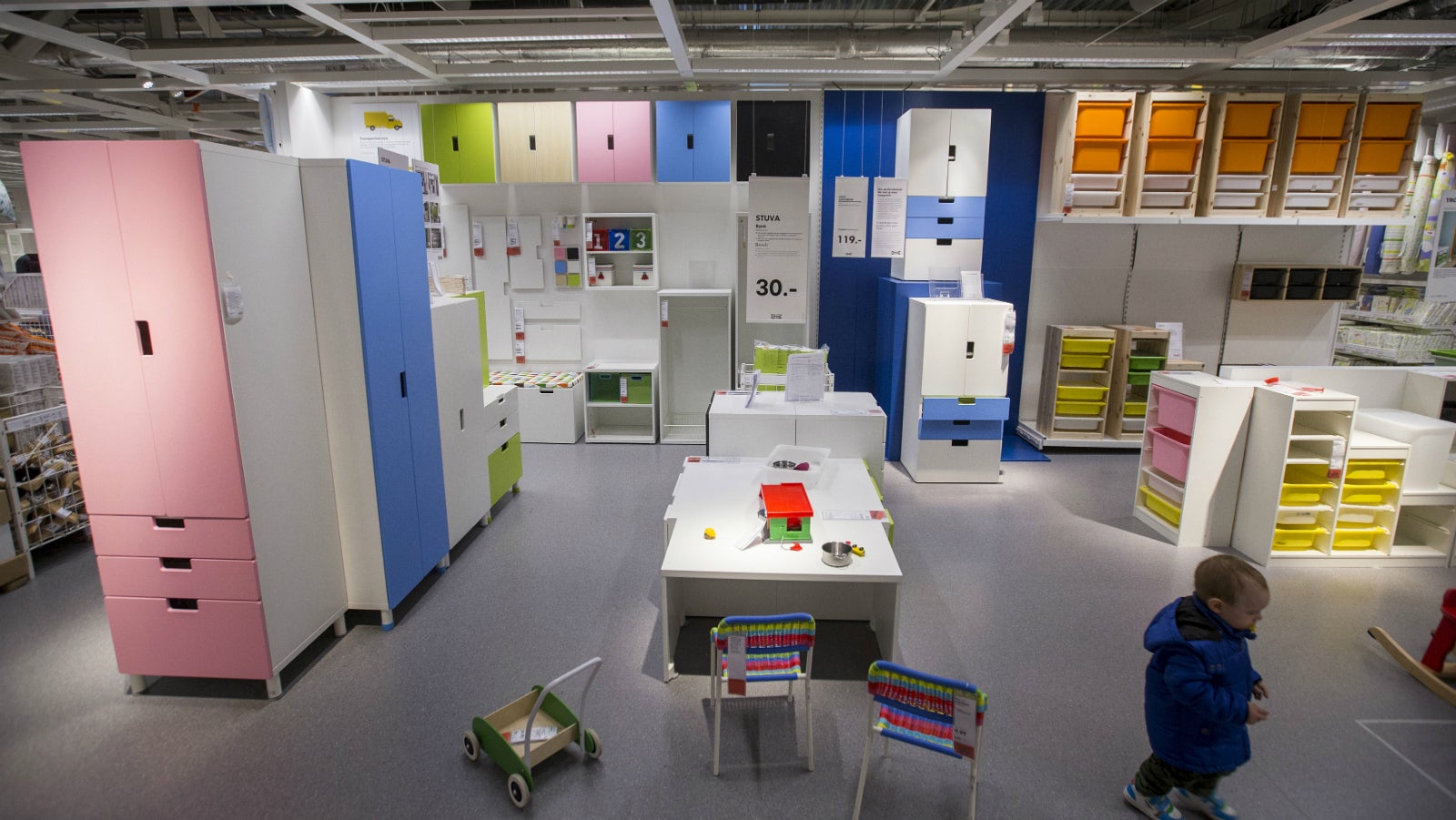IKEA is finally coming to India, but its story here goes back four decades
The world’s largest furniture retailer will throw open the doors to its maiden Indian store on Aug. 09.


The world’s largest furniture retailer will throw open the doors to its maiden Indian store on Aug. 09.
IKEA’s 400,000-square feet Hyderabad facility will offer its signature do-it-yourself furniture, besides an assortment of other experiences as usual.
The moment would mark the culmination of the six years IKEA has spent securing regulatory approvals and on research, including visiting over 1,000 Indian homes to understand local needs.
However, the Swedish giant would also draw from the wealth of experience accumulated over the past four decades or more of networking with local artisans and textile and carpet makers.
In fact, it all began in 1972 when IKEA signed up Travancore Mats and Matting Company, over a 100-year-old firm based in the small town of Cherthala, Kerala, to supply coir mats.
“As Indian industries started becoming more competitive on the global level, we started buying plastic from India and eventually forayed into carbon-steel products, focussing on small storage solutions and things like chairs, and stools, etc.,” Sandeep Sanan, IKEA’s south Asia business development head, told Quartz.
Now, the firm sources products worth over €315 million (Rs2,506 crore) annually from India. It has over 50 local suppliers and “45,000-plus direct co-workers and approximately 400,000 co-workers in our extended supply chain.”
While the country’s contribution to IKEA’s global sourcing stood at just 3% in 2015, the company plans to double this figure by 2020 even if only to meet India’s foreign investment rules. Local sourcing of goods is mandatory for overseas retailers setting up shop in India.
“In the last two years, we have started 15 new suppliers in new categories,” Sanan said. These include sofas currently being sold in IKEA stores in west Asia, mattresses, quilts and pillows, cushion products, wood-based articles (including storage boxes), and furniture made of board and plywood.
The company is also exploring more Indian natural fibres as part of its global plans for more sustainable raw materials. It is working with suppliers and governments in Jharkhand and some northeastern states to procure bamboo, jute, and water hyacinth. “By the end of this calendar year, we will see products of water hyacinth—storage and kitchen applications,” Sanan added. It may also source a variety of indigenous woods.
Here are some things IKEA covets in India:
Textiles
For decades, Indian textiles have found takers in some of the world’s largest apparel brands, be it Zara, H&M, Macy’s, or Walmart.
What began in the late 1970s gathered pace in the 1980s and 1990s. Today, textiles—kitchen linen, bed covers, cushion covers, and others—form one of the largest categories of IKEA’s procurements from India, Sanan said.
The company’s also invested for years in co-creating products with Indian artists. “This meant working with the Scandinavian designs coming out of our global office and fusing it with local techniques and raw material and creating it on the factory floor to be used for exports.”
Rugs
IKEA has been sourcing from India’s “carpet belt” in the northern state of Uttar Pradesh for over three decades.
For instance, in Bhadohi, Varanasi, IKEA works with companies such as Eastern Rug Manufacturers. It also works with carpet-weavers in Bangladesh.
These rugs, both plain-coloured and printed, are by now signature IKEA products.
Lighting and flowers
India-made lamps and shades are a rage across the retailer’s global stores.
It also sells dried flowers and potpourri sourced from firms like Ramesh Flowers in Tuticorin, Tamil Nadu.
IKEA’s now set its eyes on artificial plants, too, Sanan said.